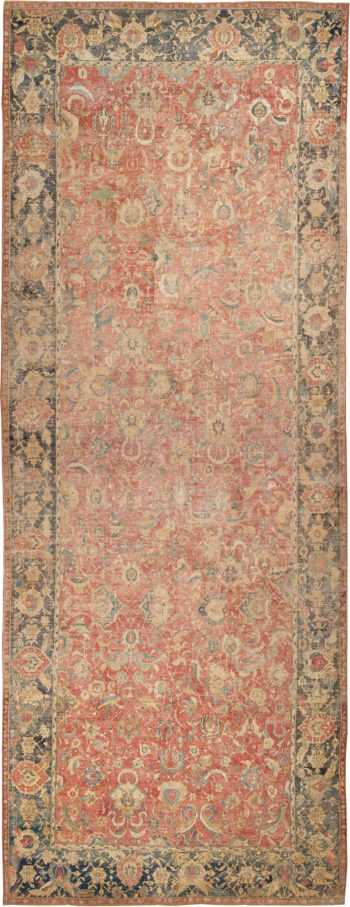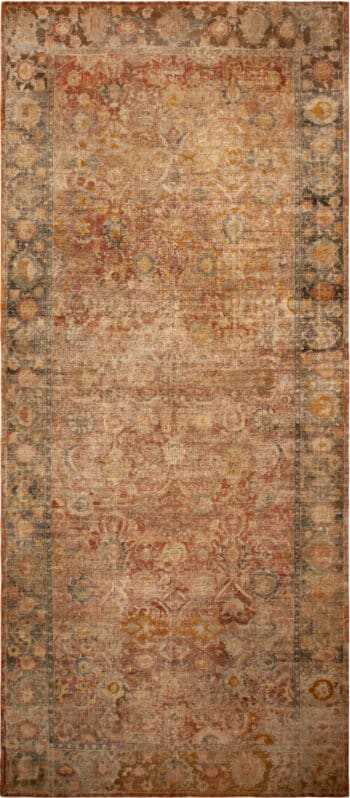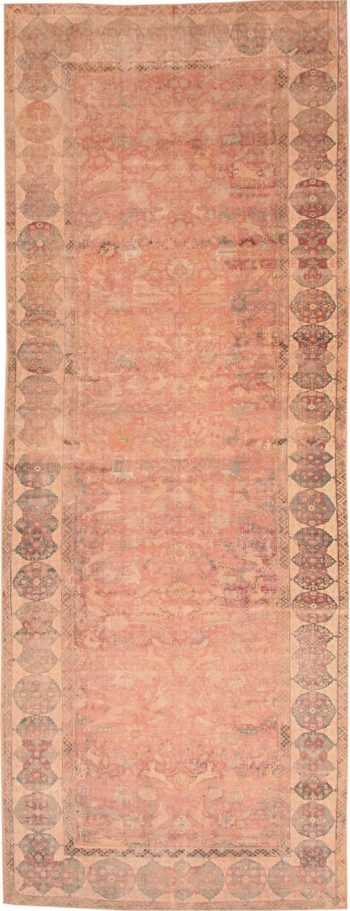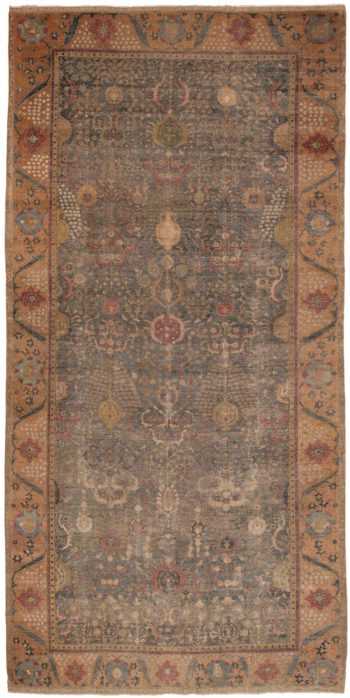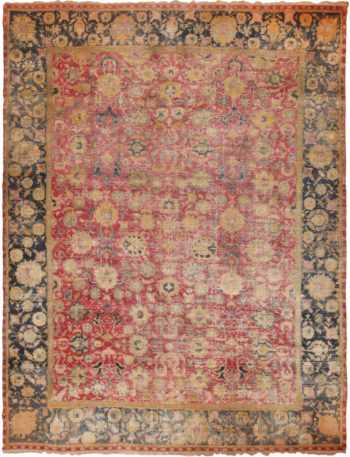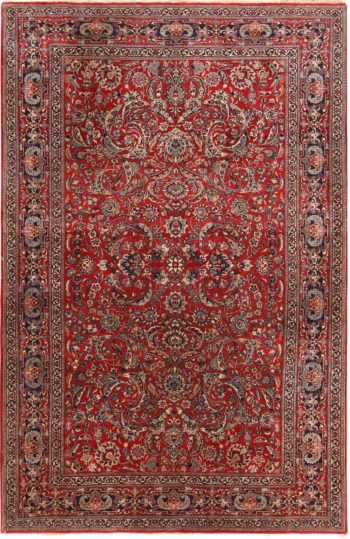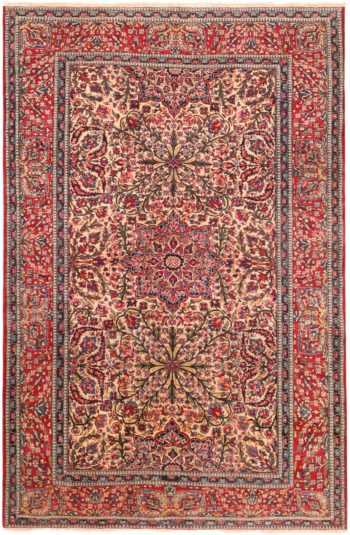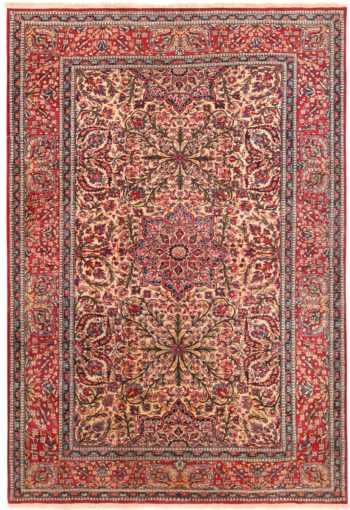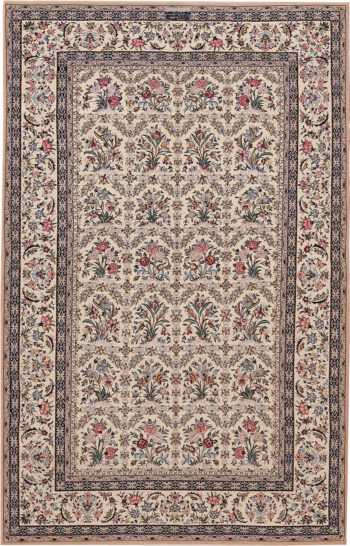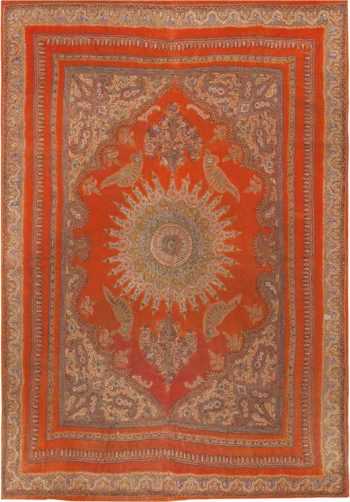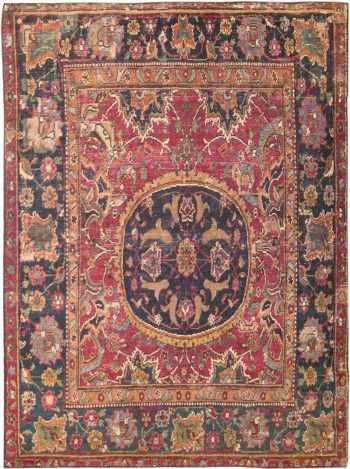Isfahan Rug Collection From Persia
Antique Persian Isfahan Rugs: Unveiling The Artistry Of Heritage
View our current selection of Persian antique Isfahan rugs below:
Oversized Antique 17th Century Persian Esfahan Oriental Rug 44143
$285,000.00Size: 11 ft 4 in x 30 ft (3.45 m x 9.14 m)17th Century Antique Persian Isfahan Gallery Size Rug 72915
Size: 9 ft 8 in x 22 ft 3 in (2.95 m x 6.78 m)Antique Gallery Size 17th Century Isfahan Persian Rug 3338
Size: 7 ft 7 in x 20 ft 4 in (2.31 m x 6.2 m)Large Shabby Chic Antique 17th Century Persian Isfahan Rug 49141
$135,000.00Size: 9 ft x 18 ft 4 in (2.74 m x 5.59 m)Rare 17th Century Large Antique Persian Isfahan Rug 70804
$260,000.00Size: 12 ft 3 in x 16 ft (3.73 m x 4.88 m)Small Fine Allover Floral Design Antique Persian Isfahan Red and Blue Area Rug 71119
$6,500.00Size: 4 ft 9 in x 7 ft 2 in (1.45 m x 2.18 m)Small Floral Antique Persian Isfahan Rug 71117
$4,000.00Size: 4 ft 5 in x 7 ft (1.35 m x 2.13 m)Fine Small Floral Antique Persian Isfahan Rug 71118
$4,000.00Size: 4 ft 6 in x 6 ft 8 in (1.37 m x 2.03 m)Small Vintage Persian Silk and Wool Isfahan Rug 70784
$6,750.00Size: 4 ft 2 in x 6 ft 8 in (1.27 m x 2.03 m)Antique Intricate Persian Isfahan Paisley Bird Design Shawl 45777
$5,600.00Size: 3 ft 10 in x 5 ft 7 in (1.17 m x 1.7 m)Antique 16th Century Persian Safavid Salting Rug 48639
Size: 2 ft 3 in x 4 ft 4 in (0.69 m x 1.32 m)Antique 17th Century Persian Isfahan Rug 8034
Size: 2 ft 10 in x 3 ft 6 in (0.86 m x 1.07 m)
View Antique Isfahan Rugs from the 17th Century – Mid-20th Century
Antique Isfahan Rugs (or Esfahans Rugs) , claim a very proud tradition among Persian rugs going back to Safavid times in the seventeenth century. Isfahan was then the capital of Persia and many of the court quality carpets of this period that survive today have been attributed to Isfahan. Their designs consist of sublimely delicate patterns of arabesque tendrils, palmettes, and cloud-bands in rich magentas, blues, and saffron golds. 19th century rugs and early twentieth century carpets from Isfahan continued the style and consummate technical virtuosity of their classical forerunners, although often with a softer, more decorative palette.
After Isfahan’s success in the garment industry, they expanded their knack for producing fine textiles by weaving some of the greatest rugs ever made in Persia. The city has long been a breeding ground for master weavers. The most famous of these is Sadegh Seirafian who spawned an Isfahan rug weaving dynasty that continues today. Antique Isfahan rugs feature enrapturing designs and luxurious materials that were also used to manufacture garments. Many of the finer carpets from the workshops of master weavers used silk wefts. However, the city’s earliest Isfahan rugs used fine hand-spun cotton.
The weavers and artists in Isfahan gathered inspiration from Persia’s best achievements. They borrowed dramatic spiraling vine-scrolls with deeply re-curved tendrils from the city’s famous buildings. They also featured archetypal Persian designs that were inspired by the art and architecture of Shah Abbas, who ruled the Safavid Empire at its height. Antique Persian rugs from Isfahan incorporate flamboyant architectural medallions and unparalleled arabesques, but the city has another side too. Isfahan rugs and illustrate scenes from Persia’s outstanding literary works. The rugs of Isfahan are exceptionally attractive, captivating and classically Persian. These traits have made antique Isfahan rugs sought after by designers and collectors seeking Persia’s most iconic and archetypal rugs.
History of Antique Persian Isfahan Rugs
Isfahan Rugs – Isfahan is one of the great weaving centers of antique rugs in Iran. Historically, the city is often described as the most elegant and beautiful cultural capital in Iran. It is often compared to St. Petersburg in Russia.
During the 17th century, this capital was recognized as the pinnacle of Persian Art, producing amazing Persian rugs, especially during the royal Safavid patronage when the arts truly flourished. The classical Isfahan Rugs and Carpets were produced by the court of Shah Abbas (1587-1629).
Sadly, this rich artistic period came to an end at the close of the 17th Century. This era (the 17th century) was responsible for producing the silk Polonaise carpets – a unique antique rug style all its own.
These carpets were enriched with strands of gold and silver. Similarly, some of the red ground floral carpets (called Indo Persian) incorporated the same materials and techniques.
Among the many designs, the most representative of the Isafahan style is the shams design – a medallion with sixteen lobes surrounded by arabesques. Recently, the 17th Century pieces, especially the better examples, have seen exploding with interest.
They have also been shattering all auction records to the point where one such example sold for 34,000,000 in a recent Sotheby’s sale in New York City (you can read about that sale and even watch the live bidding by clicking here: Most expensive antique rug ever sold).
This recent spike is not a fad. Every single year, the 17th century rugs become event scarcer and as the years go by and less of them are available the prices are bound to continue escalating.
Antique Isfahan Rugs – Though there is a tremendous variety of Persian rug styles, ranging from the more tribal to the more classically composed, there are few — if any — as beautiful and as remarkable as the antique Isfahan rug style.
The Persian city of Isfahan itself is one of the great historical weaving centers of Persia (coterminous with modern day Iran), and is often described as being the most elegant and beautiful city in the entire country. Indeed, Isfahan has often been compared to the gorgeous city of St. Petersburg, the cultural capital of Russia and home to the Hermitage Museum among many others.
During the 17th century, Isfahan was widely recognized as the epicenter of the Persian art world, which was undergoing a tremendous growing period during this time. Under royal Safavid patronage, the arts in Persia evolved, matured, and were refined.
The classical Isfahan rugs that were produced at this time were generally woven in the court of the legendary Shah Abbas (1587-1629). Among the many designs that they might feature, the most representative of the antique Isafahan rug style is a shams a medallion with sixteen lobes surrounded by arabesques – a classic design that was especially in vogue when Isfahan production was at its most prolific.
So wide-reaching and impacting was the Persian artistic golden age of the seventeenth century that some of the finest works and artistic styles to have ever emerged from that country were created at this time.
This era was responsible for the production of the now-famous and widely admired silk Polonaise carpets, gorgeous compositions enriched with strands of gold and silver. Also to emerge during this time: the beautiful red-ground, floral antique rugs that are referred to today as Indo-Persian rugs.

